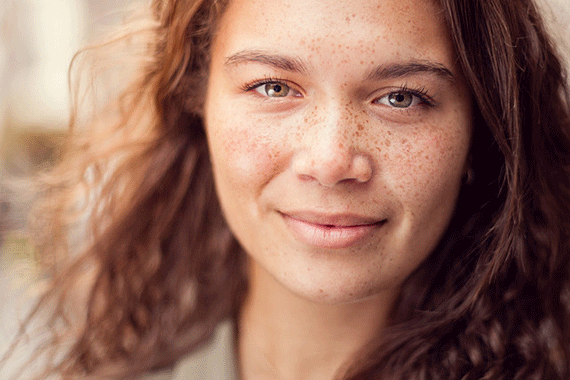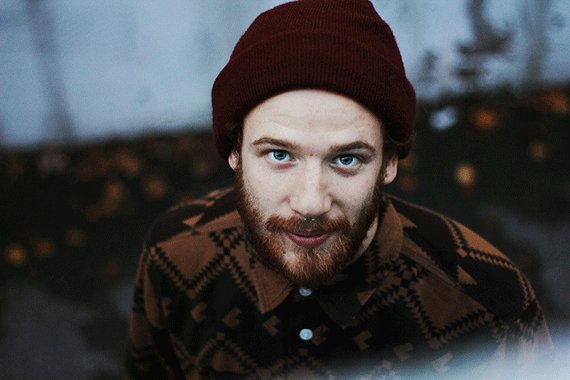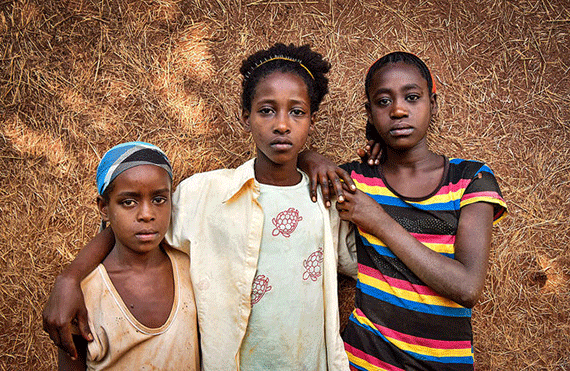Tired of seeing black eye sockets and whitened out faces in that last series of snaps you took at the family outing? It’s easy to get a much better result if you just look at the light. No light, no picture. But what counts is the light quality and direction. And the good part is you can use natural lighting just as effectively inside as well as outside. A little careful seeing before you click the shutter is all that’s required.

Photo by barbasboth
Light has quantity, quality (contrast), direction and color
Generally, the more light there is, the better. The greater the quantity the faster you can shoot. Too little light causes problems with long exposures (movement shows in your picture), and in really low light levels in digital cameras “noise”, little specks, can appear in the shadows. A good amount of light gives you more control over how you interpret your subject. You can capture an image in low light conditions by increasing the ISO number, but that brings more noise and usually an unsatisfactory picture. The “snap” goes from the “snapshot”.
Quality: Hard? Soft? Somewhere in between?
In a nutshell, find a soft light coming from the side. Hard, contrasty light (direct sun) is the enemy of successful people shots. Overhead it causes dark eye sockets and unwanted textures on the face. Full on the face gives squinty eyes as the subject finds the light too bright to look into. Both positions give nasty, hard, and unflattering shadows. And make sure there are no streaks of hard light and shadow across the face.

Photo by Alex Alvisi; ISO 500, f/1.9, 1/100-second exposure.
This high contrast between the light and dark parts becomes too great for the image recorder in your camera to handle, so the bright bits white out, losing detail, and dark bits go too dark, ditto. If you try to compensate on one side, the other becomes even worse. Professionals have special reflectors and diffusers for light management, but there are other ways.
How to control light direction
As it’s hard to shift the sun, shift the subject. The idea is to stop direct light from striking the model, so find a shady area—under a porch, tree, beside of a house—where the sun is no longer directly involved. The light will still have direction, but now is much softer and more flattering. Another idea, if the sun’s not overhead, is to turn the subject’s back to it. This is bit more dangerous as sunlight in the lens causes flare, with loss of contrast and colour, so make sure there is no direct sunlight into the lens.
Now the model’s face may be a bit too dark, and to overcome that your camera could well have a backlight compensation setting on it. This opens up the lens a stop or so to let more light in. If not, find the exposure compensation control (read the handbook!) and add a stop of exposure yourself. The rewards can include a nice halo around your subject’s head. But many problems are solved if there are clouds around. These are great light softeners, and if it’s a partly cloudy day, you’re in luck.
Color and how we see it
Color temperature is too big a subject to explore here, but you have around seven controls for color balance on your camera. Sunlight, shade, tungsten and the others are all there to allow catering for various colors in light. The human brain does not interpret color changes very well, and provided the red, green and blue frequencies that make up white light are there in reasonably similar amounts, you see white, even though your camera may see something else. With portraits a slightly warmer color is always better than a cool or blue tinged one. Experiment to see under what conditions each setting is most effective.

Photo by Rod Waddington
And what about inside?
The laws of physics never change, inside or out, film or digital. Soft light is good, and the best is from a window. Put your subject close to it. You can have them looking outside, or perhaps turned towards you. Use a piece of white card or similar to reflect a little light back into the face from the darker side. And there you have it.
Now go shoot some
So before you next have to face a crowd of family and relatives all wanting a fine picture of themselves, spend a few minutes with a willing helper and try a few ideas out. Really look at the results, and figure out how they can be improved. Is the light coming from the right direction? Is it soft enough? No hard shadows? Flattering? Experiment. You will be amazed how a little investment of time will show up in vastly improved images. Portrait shooting is fun and a successful one is a great reward for yourself and the model. Happy shooting!
About the Author:
John Rundle (crystal-light-images dot com) is a professional photographer and recently retired head of photography at the Australian International College of Art. He teaches workshops on photographic topics in Australia and New Zealand. He is also active as a musician and musical director.
Like This Article?
Don't Miss The Next One!
Join over 100,000 photographers of all experience levels who receive our free photography tips and articles to stay current:






very helpful to newbies and good refresher to pros. more power…!
Excellent read. I’m always looking for ways to improve my photography skills.